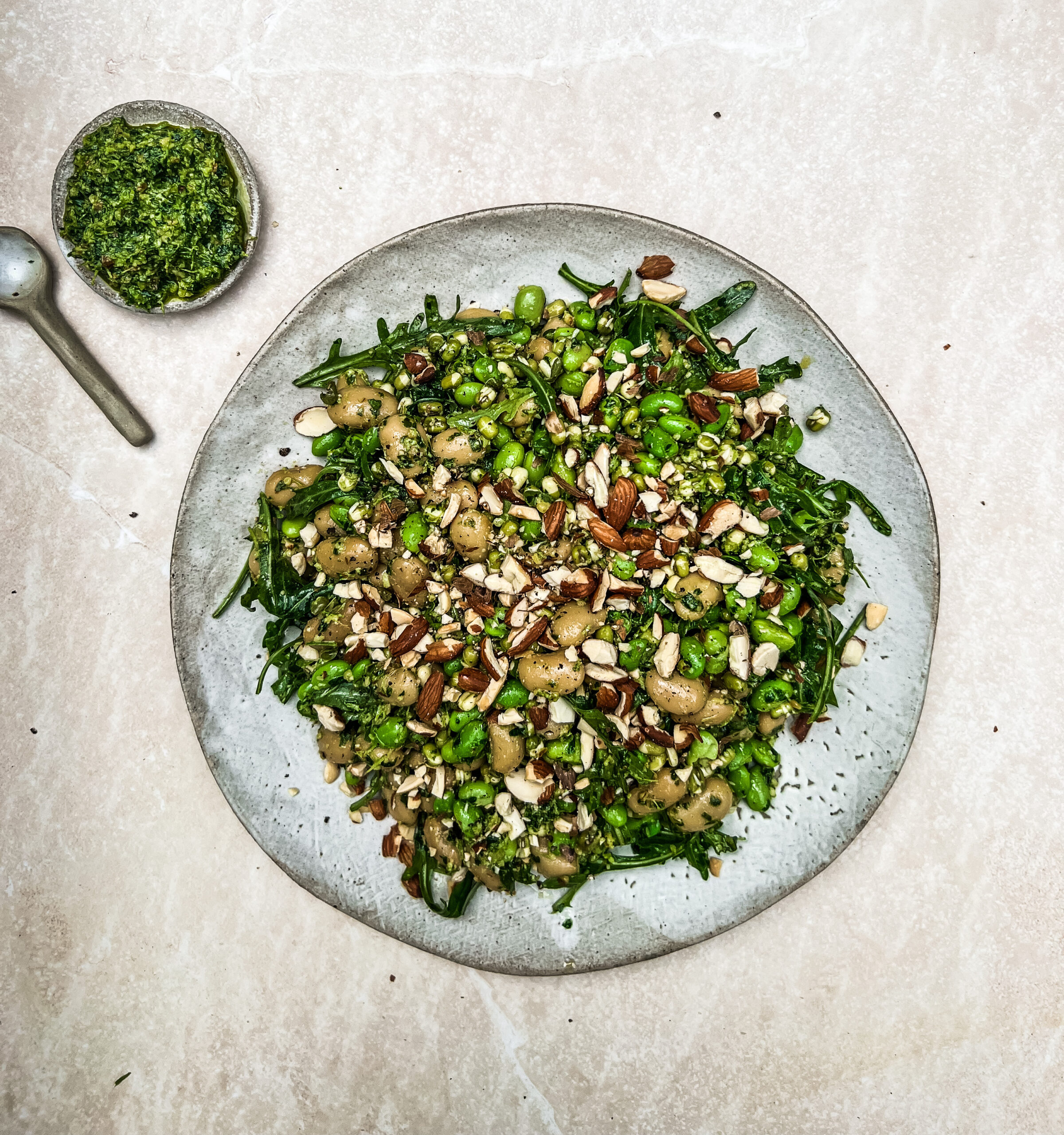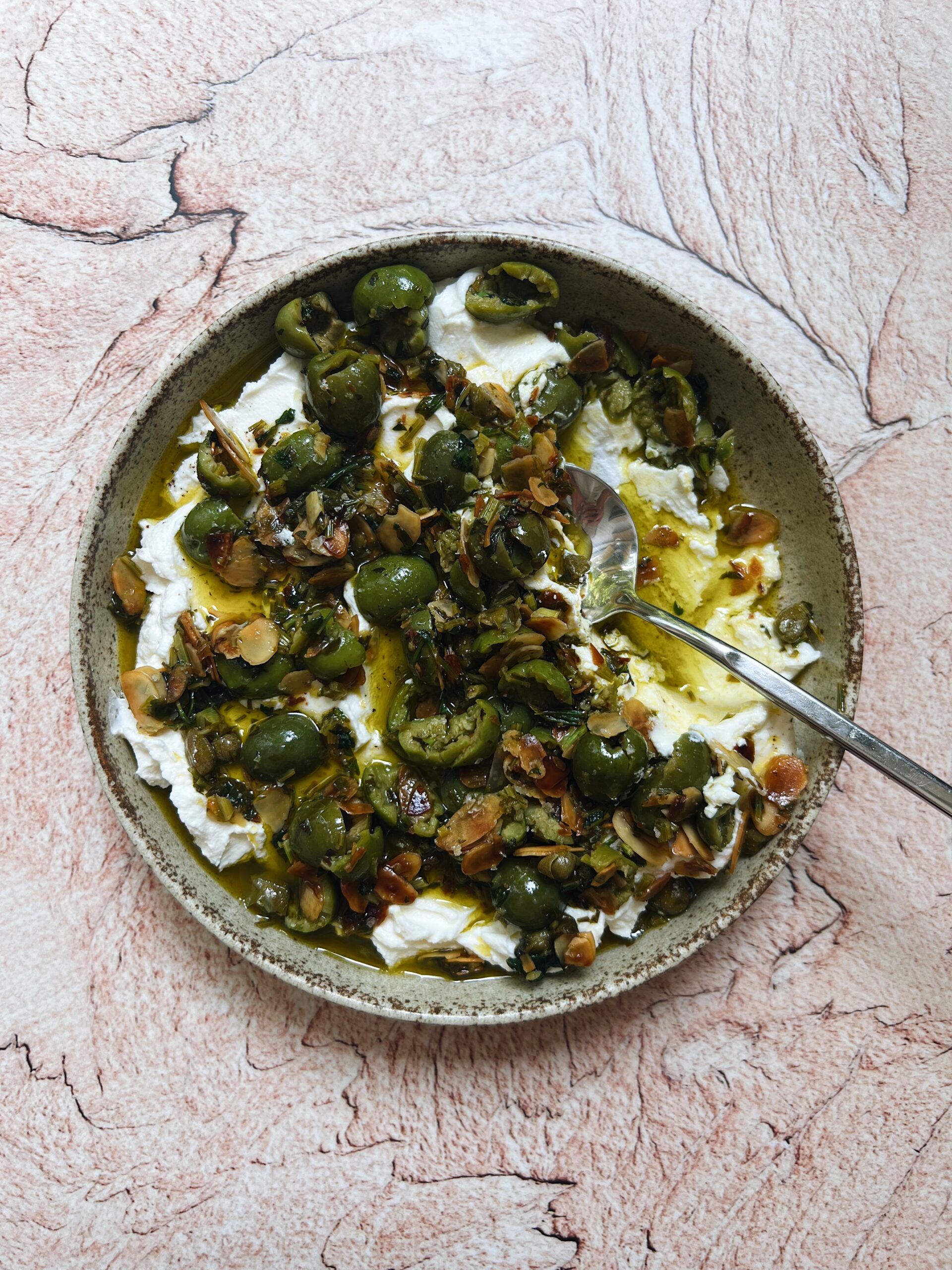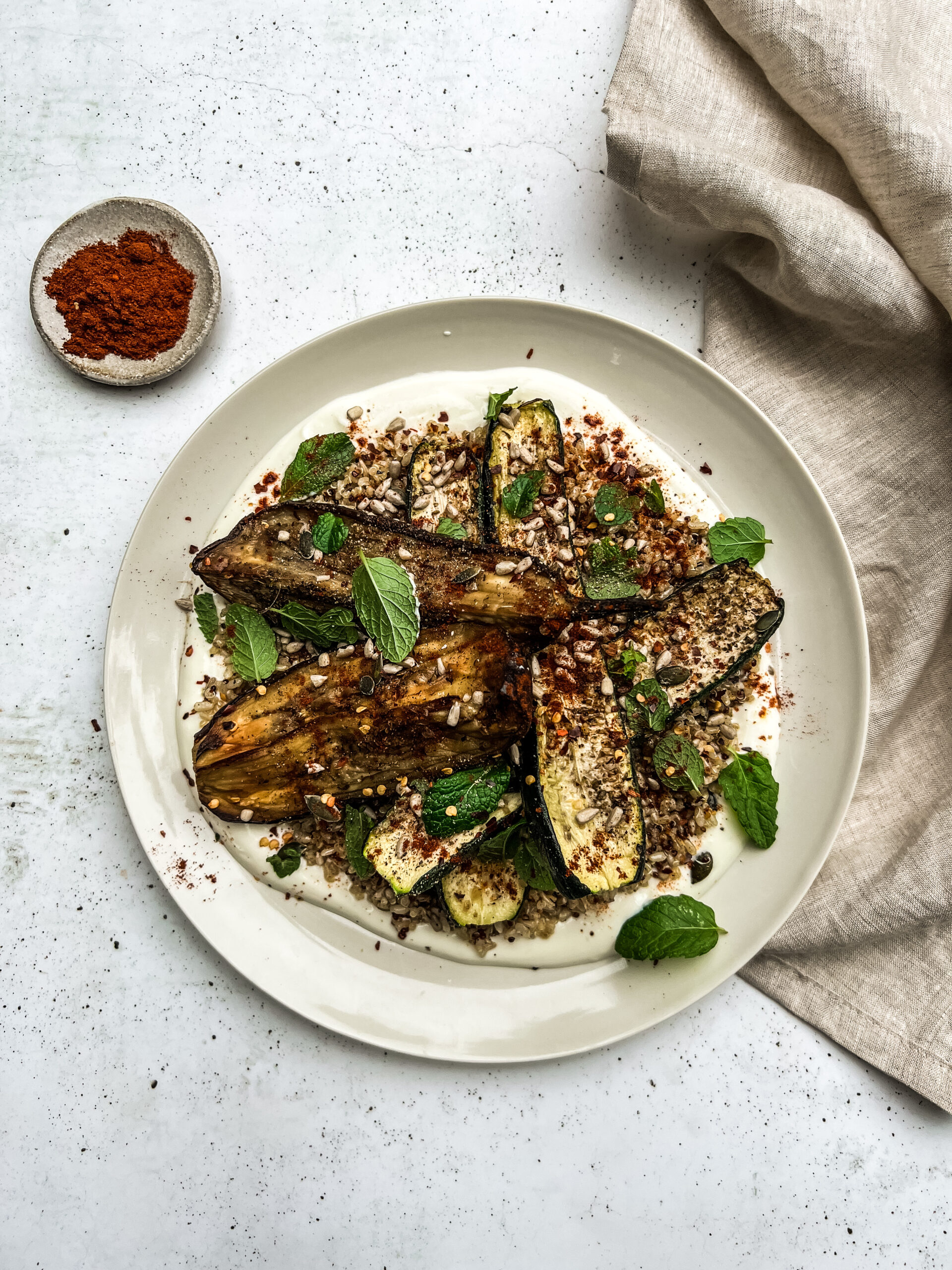What Is Monk Fruit And How And Why Should You Use It
Every few months there is a new sugar substitute on the market. At first, maple syrup, agave, coconut syrup and dates rose to fame due to their obvious sweetness and the fact they are totally “natural”. Then rice malt syrup became a thing largely due to the anti-fructose moment since it’s totally fructose-free (however unfortunately not glucose-free). And now that people are all into insulin, blood sugar, ketosis and low carb diets, the new “it” sweeteners are stevia, monk fruit and sugar alcohols like erythritol and xylitol.
Today we’re chatting about monk fruit… What is it? How is it made? Is it actually good for you and how to use it.

WHAT IS IT AND HOW IS IT MADE?
Siraitia grosvenorii aka luo han guo or monk fruit is a plant that has a fruit resembling a small green melon. This kind of sweetener contains naturally occurring chemical compounds known as mogrosides which are responsible for the sweet taste. Powdered monk fruit is produced via solvent extraction of monk fruit juice, leaving a powder that is mostly mogrosides. The result? You get the sweet taste from these compounds, but no giant load of glucose to go with it, therefore there’s no significant effect on blood sugar levels.
So it’s made from a from a plant… Tick. The sweetener compounds (mogrosides) are naturally occurring… Tick.
WHAT FORM IS IT IN?
The monk fruit you can buy on shelves is either powdered of liquid. The liquid form is used in drops, a lot like liquid stevia. And like stevia too, it is very concentrated in sweetness so a little goes a long way.
The other form is powdered which is the dried version of monk fruit juice. It looks like a pale grey and very fine powder. And again, similar to stevia, it’s extremely sweet and has an aftertaste, so it’s important to be cautious to use very small quantities.
HOW TO USE IT?
Liquid monk fruit can be used in the same way that liquid stevia is used; in hot drinks, smoothies, cold drinks, chocolates, raw treats. However just like liquid stevia, it’s not great in baking. I personally find both liquid stevia and monk fruit to lose their sweetening effects when baked.
Powdered monk fruit on the other hand, is wonderful in baked goods. You still get a really good flavour and texture (as long as you don’t use too much).
However before I had ever tried to use it, I followed the rules of a conversion table I found online and boy was that wrong. The conversion told me that 1/2 cup sugar was equivalent was 3 tbsp of powdered monk fruit. Well these test muffins turned out to be totally inedible and after testing my own quantities now I know why.
I’d never use more than two teaspoons for a whole batch of baking that serves about 10–15. In fact most of the time I use one teaspoon, yes… ONE TEASPOON! Powdered monk fruit is powerful.
WHY WOULD YOU USE IT?
Powdered monk fruit is great for baking and that’s where it really has some unique qualities to offer that you can’t get from liquid stevia or even powdered stevia, which I find doesn’t give great baking results either.
And the nutrition? Well just like stevia, monk fruit is essentially calorie-free and has no effect on blood sugar. This means it’s a great option for those following a low-carb or keto-style way of eating.
Some of my favourite monk fruit recipes…

Peanut Butter Chocolate Yoyos
Gluten-free, dairy-free, sugar-free, low-carb, keto

Lime Melting Moments
Gluten-free, dairy-free, sugar-free, low-carb, keto

Carrot Cake
Gluten-free, dairy-free, sugar-free, low-carb, keto










